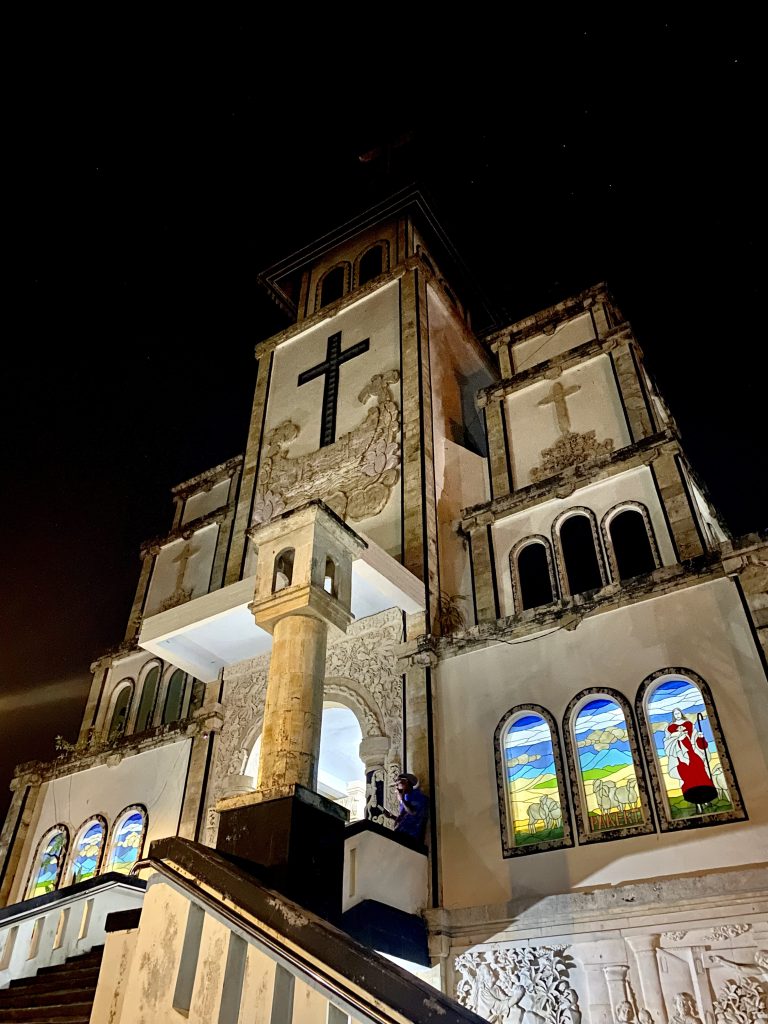
Brief History of Stained Glass
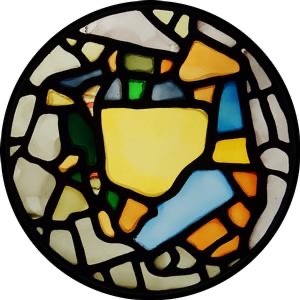
A Short, Illustrated History of Stained Glass
—-
1. The First Spark (c. 2750 BC – 9th C AD)
Colored glass already fascinated the Egyptians and Mesopotamians, but the first true stained-glass windows appear in the 7th-century English monastery of St Peter at Monkwearmouth, commissioned by Benedict Biscop in 675 AD.
These early panes were small, thick and jewel-like, meant more to sparkle than to depict.
Visual
Egyptian glass beads, c. 2750 BC – the ancestors of window glass.
—-
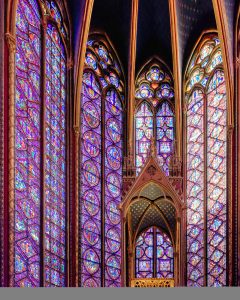
2. Gothic Glory (12th – 13th C)
When Abbot Suger rebuilt the Abbey of St-Denis near Paris (1140-44), he filled the choir with glowing walls of deep blues and ruby reds that turned sunlight into “heavenly light”.
Across Europe, cathedrals raised taller naves and inserted Rose Windows that told Bible stories to largely illiterate crowds.
—-
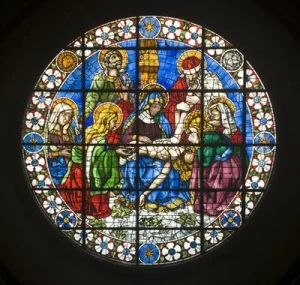
3. Renaissance Shift (14th – 16th C)
Artists such as Lorenzo Ghiberti in Florence began to treat glass like a translucent canvas, adding perspective, shading and paler colors.
The bold outlines of lead now seemed “in the way”; windows started to look like luminous paintings rather than mosaics of light.
—-
4. Decline & Rediscovery (17th – 19th C)
• 1700s: Many medieval windows were removed as “old-fashioned” and replaced with clear glass or white panes painted in oils.
• 1830s: Architects like Augustus Pugin reignited the Gothic spirit in England, demanding colored glass once again.
• 1851: Twenty-five English studios exhibited at London’s Crystal Palace, proving stained glass was back in vogue.
—-
5. Art Nouveau & Tiffany (1890-1920)
Louis Comfort Tiffany and John La Farge invented opalescent glass—swirling, iridescent sheets that needed almost no paint.
Tiffany’s copper-foil technique let him bend lead lines into sensuous, plant-like shapes, perfect for the Art Nouveau era. Video Stained glass victorian restoration
—-
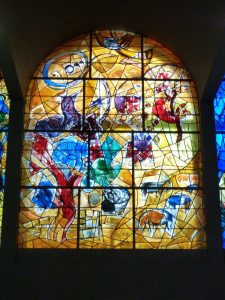
6. Modern Light (20th – 21st C)
• Marc Chagall’s dreamy blues for Jerusalem’s Hadassah Synagogue (1962).
• Henri Matisse’s abstract Chapel of the Rosary in Vence, France (1951).
• Dalle-de-verre (chunky, faceted glass set in epoxy) brought bold color back to mid-century churches.
—-
Quick Timeline
Period Key Moment Look & Feel
7th C First monastery windows Thick, jewel-like
12th C St-Denis & Chartres Deep blues, reds, biblical cycles
15th C Renaissance realism Pale, painted, picture-like
19th C Gothic Revival Return to bold lead & color
20th C Tiffany & modern masters Opalescent, abstract, sculptural
—-
Share:
Contact & meet
Kerobokan Workshop Address :
Jl. Raya Kerobokan no 14, Banjar Umalas, Kuta utara, Bali, Indonesia